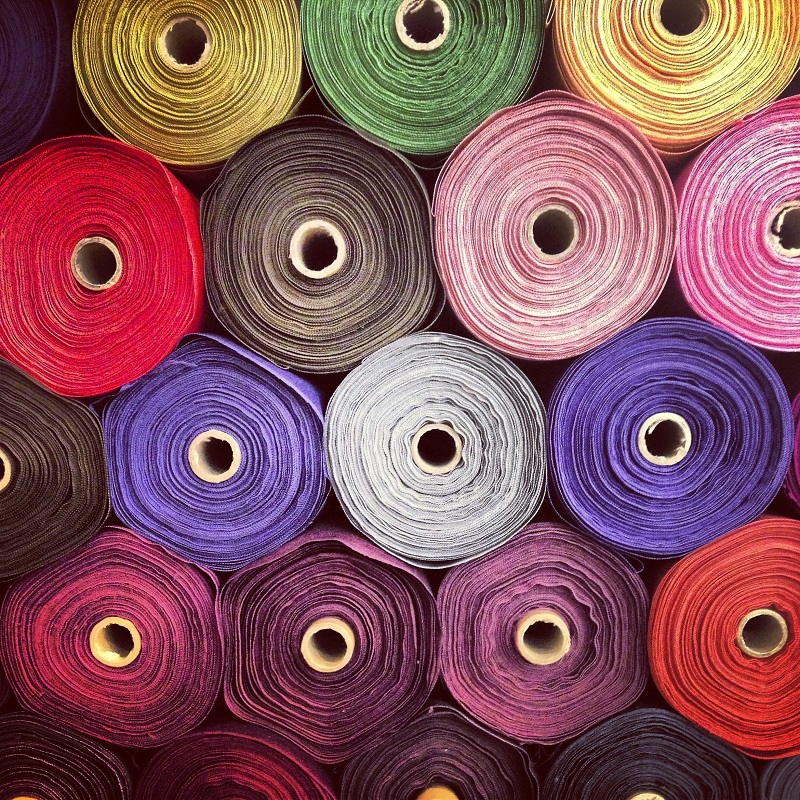Introduction
Textile export plays a pivotal role in the global trade landscape, serving as a significant source of income and employment for many countries. The process involves selling and shipping a wide array of textile products, ranging from fabrics and yarns to garments, accessories, and home furnishings, to international markets. This intricate web of commerce has reshaped economies and fostered cross-cultural connections. In this comprehensive article, we delve into the world of textile export, exploring its importance, major players, challenges, and the impact it has on the global market.
1. The Diversity of Textile Products in Export
Textile export encompasses a vast array of products, each contributing to the global market in unique ways. Fabrics, ranging from cotton and silk to polyester and denim, form the backbone of the textile industry. Yarns, both natural and synthetic, serve as the building blocks for weaving and knitting processes. Finished garments and fashion accessories, such as apparel, footwear, handbags, and scarves, exhibit the craftsmanship and creativity of textile artisans. Additionally, home furnishings, including bed linens, curtains, and towels, complete the diverse range of textile products that are exported worldwide.
2. The Global Significance of Textile Export
2.1 Economic Impact
Textile export is a critical contributor to the economic prosperity of many countries, particularly in Asia, Africa, and Latin America. Revenue generated from textile exports bolsters foreign exchange reserves, facilitates investments in infrastructure, and supports social welfare programs. For economies that heavily rely on agriculture, textile exports provide a valuable avenue for economic diversification and job creation in the manufacturing sector.
2.2 Employment Generation
The textile export industry is a substantial employer, offering jobs to millions of individuals across the globe. From skilled artisans and designers to factory workers and logistics personnel, the sector fosters employment opportunities at various skill levels. Small-scale enterprises in developing countries find growth opportunities through textile export, enabling entrepreneurship and contributing to poverty reduction.
2.3 Strengthening Cultural Ties
Textile export transcends geographical boundaries, acting as a medium for cultural exchange. The designs, patterns, and techniques inherent in each textile product carry the essence of a country’s cultural heritage. Through the export of textiles, nations can showcase their traditions and craftsmanship, fostering a deeper understanding and appreciation of diverse cultures.
3. The Powerhouse Players in Textile Export
The landscape of textile export is dominated by several key players that have emerged as powerhouses in the industry. These nations have harnessed their resources, expertise, and strategic positioning to secure a prominent position in the global textile trade.
3.1 China
China stands tall as the world’s leading textile exporter, commanding a significant share of the global market. The country’s large-scale production capabilities, skilled labor force, and robust infrastructure have propelled it to the forefront of textile export. Chinese textiles, including garments, fabrics, and home furnishings, are renowned for their cost-competitiveness and diverse range.
3.2 India
India boasts a rich textile heritage dating back centuries, and it continues to shine as a major player in textile export. The country’s mastery of traditional techniques, vibrant designs, and a vast pool of skilled artisans make its textiles highly sought after in international markets. Indian textiles, particularly cotton, silk, and handloom products, have a global appeal for their quality and craftsmanship.
3.3 Vietnam
Vietnam’s textile export industry has experienced remarkable growth in recent years, positioning the country among the top players. Vietnam’s competitive advantage lies in its cost-effectiveness, strategic location, and free trade agreements with key markets. The country has become a preferred destination for textile manufacturing and export, attracting significant foreign investments.
3.4 Bangladesh
Bangladesh has emerged as a significant player in the textile export industry, known for its readymade garments and knitwear. The country’s labor-intensive manufacturing processes, favorable trade policies, and access to key markets have driven its textile export growth. Bangladesh’s contribution to the global supply chain is instrumental in meeting the demand for affordable and stylish clothing.
3.5 Turkey
Turkey’s textile export industry is renowned for its quality, design versatility, and advanced technology. The country’s strategic location at the crossroads of Europe and Asia facilitates efficient distribution channels. Turkish textiles, including fabrics, apparel, and home textiles, are celebrated for their blend of tradition and innovation.
4. Challenges in Textile Export
While textile export offers numerous opportunities, the industry faces its share of challenges that necessitate proactive measures for sustained growth and development.
4.1 Competition and Price Pressures
The global textile market is highly competitive, with numerous countries vying for a slice of the pie. This competition often leads to price pressures, necessitating continuous innovation and cost optimization to stay relevant in the market.
4.2 Sustainability and Environmental Concerns
Textile export, like many other industries, faces increasing scrutiny regarding its environmental impact. Sustainable and eco-friendly practices, such as using organic materials, recycling, and reducing water consumption, are gaining importance among consumers and policymakers alike.
4.3 Technological Advancements
Embracing technological advancements, such as digital printing, automation, and data analytics, is essential for staying at the forefront of the industry. Investing in research and development ensures that countries can compete in the ever-evolving textile export landscape.
Conclusion
Textile export plays a crucial role in shaping economies, promoting cultural exchange, and driving employment opportunities across the globe. The diverse range of textile products, from fabrics and garments to home furnishings, caters to the dynamic demands of consumers worldwide. Leading players like China, India, Vietnam, Bangladesh, and Turkey have established themselves as major forces in the textile export industry, leveraging their strengths and resources to maintain a competitive edge. However, challenges related to sustainability, technological advancements, and market competition demand constant adaptation and innovation. As the global textile market continues to evolve, countries and industries must forge ahead with a commitment to quality, sustainability, and creative excellence to meet the ever-changing demands of consumers and propel the textile export industry to greater heights.




